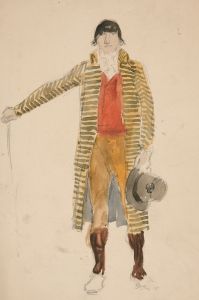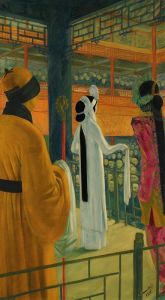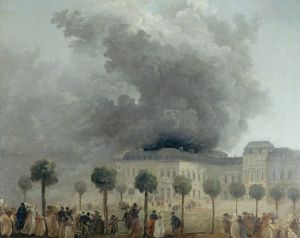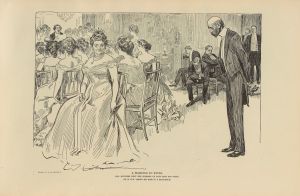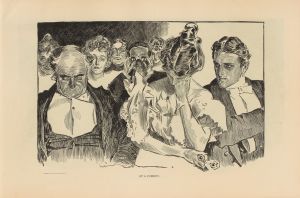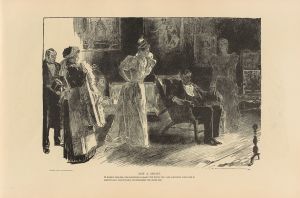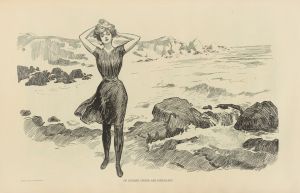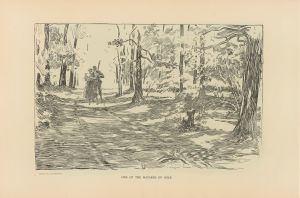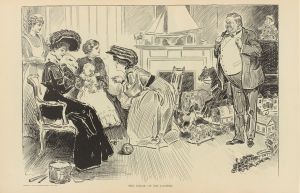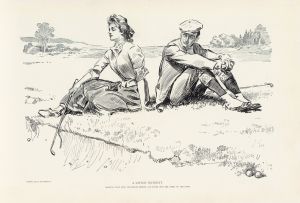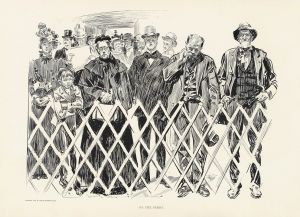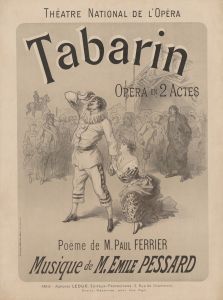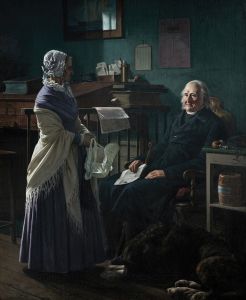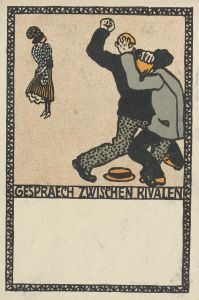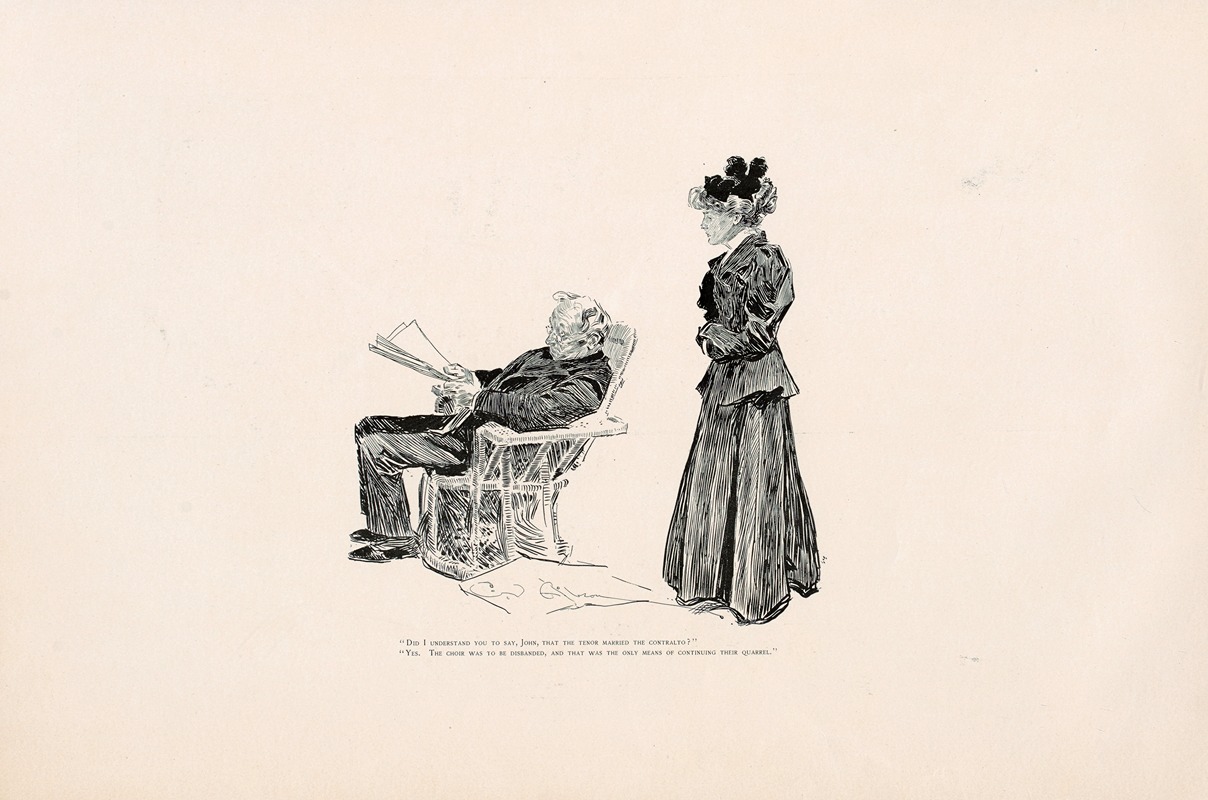
‘Did i understand you to say, John, that the tenor married the contralto’
A hand-painted replica of Charles Dana Gibson’s masterpiece ‘Did i understand you to say, John, that the tenor married the contralto’, meticulously crafted by professional artists to capture the true essence of the original. Each piece is created with museum-quality canvas and rare mineral pigments, carefully painted by experienced artists with delicate brushstrokes and rich, layered colors to perfectly recreate the texture of the original artwork. Unlike machine-printed reproductions, this hand-painted version brings the painting to life, infused with the artist’s emotions and skill in every stroke. Whether for personal collection or home decoration, it instantly elevates the artistic atmosphere of any space.
Charles Dana Gibson, an American illustrator renowned for his iconic "Gibson Girl" illustrations, created the drawing titled "Did I Understand You to Say, John, That the Tenor Married the Contralto?" This artwork is one of Gibson's many satirical and socially observant pieces that reflect the cultural and societal norms of the late 19th and early 20th centuries. The drawing was published in the early 1900s, during the height of Gibson's career, when his works frequently appeared in popular magazines such as Life, Harper's Weekly, and Collier's Weekly.
The illustration depicts a group of elegantly dressed individuals engaged in conversation, with the title serving as a humorous caption. The scene likely takes place in a social setting, such as a parlor or a gathering, and the dialogue reflects the wit and charm characteristic of Gibson's work. The mention of a "tenor" and a "contralto" suggests a reference to opera or musical performance, which were popular forms of entertainment among the upper and middle classes during this period. The humor in the caption may stem from the social dynamics or gossip surrounding the marriage of two individuals from the performing arts world, a topic that would have resonated with Gibson's audience.
Gibson's illustrations often explored themes of gender roles, class distinctions, and societal expectations, and this piece is no exception. While the "Gibson Girl" was his most famous creation, representing the idealized, independent, and fashionable woman of the time, his other works, including this one, showcased his keen eye for social commentary and his ability to capture the nuances of human interaction.
As with many of Gibson's works, the drawing is executed in pen and ink, showcasing his precise linework and attention to detail. His style was highly influential, shaping the visual culture of his era and leaving a lasting impact on American illustration.
Further specific details about the context or reception of this particular drawing are not widely documented. However, it remains an example of Gibson's talent for blending humor, artistry, and social observation in his illustrations.





